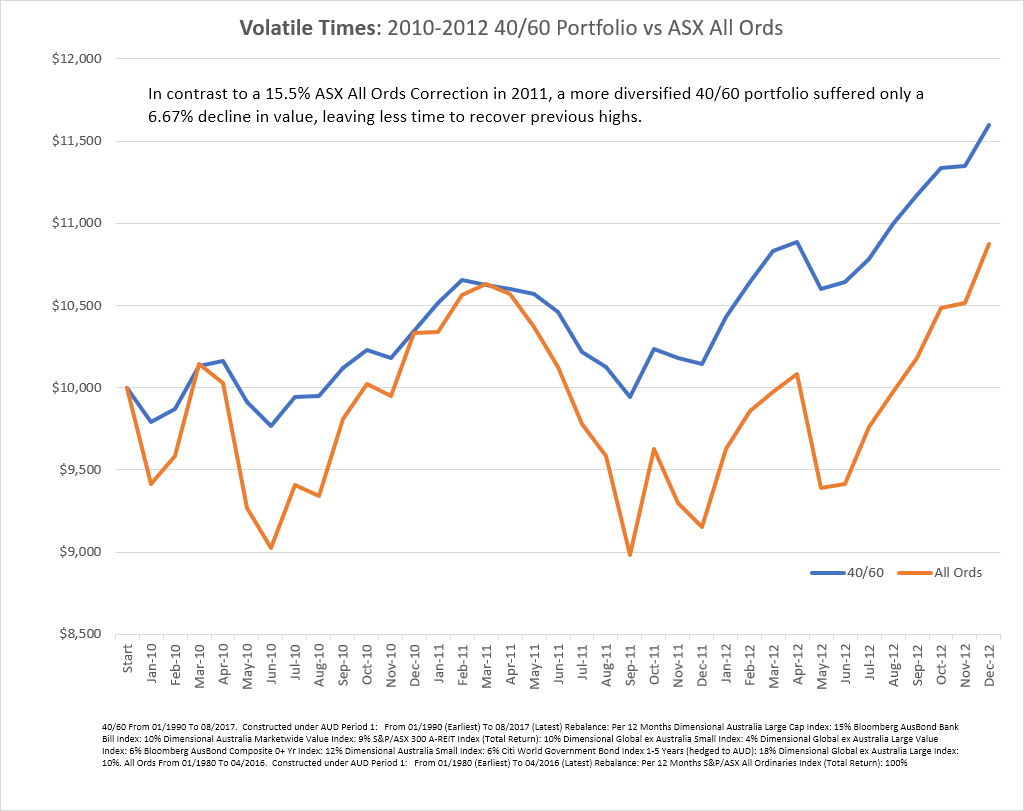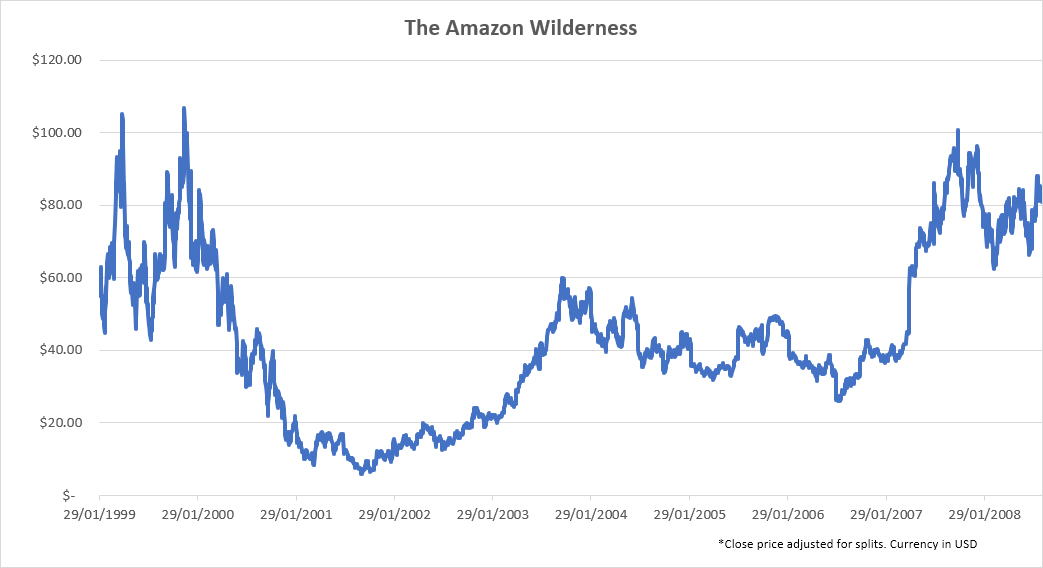Look around today and you’ll find an asset manager or fund catering to pretty much any area of the financial world you can think of. One of the bigger ones in the resources corner is Sprott Resource Holdings and one of the best-known names at the company is Rick Rule. Rule serves as Sprott’s Senior Managing Director and Chief Investment Officer, among other titles.
The average person may not know Rule’s name, but in resource circles he gets quite a lot of attention from resource industry media. Rules gives plenty of interviews, and investors who are hanging out to get some insight on the direction of metals or regions of the world to invest in will be listening to hear what he’s got to say.
In one of his most recent interviews, Rule spelled out the difference between his investment understanding (something he admitted was speculation) and that of the average resource investor in the exploration end of the market. Basically, it comes down to an expectations timeline. Rule noted that any time he’d made ten times on his initial investment, there was at least a five-year period in between investing and the payoff. In contrast, he pointed out that the average investor is thinking about next week, next month or next quarter.
This becomes a problem because of what Rule highlighted next. Many of the times Rule had made ten times on his money, he couldn’t think of an instance where the share price of the company he’d invested in, didn’t at least twice fall 50% in the time he’d been invested in it.
Now if you explained this to someone, in theory, it may seem quite acceptable. “Would you like me to invest your money today and give you back ten times its value in five years’ time? Note, your investment will fall 50% a couple of times during that five years.”
We’d all probably think that wasn’t the worst idea, the 50% falls, not so great, but hey, ten times on your money! In real life it’s not that simple and odds are stacked against you for many reasons.
First, you have to find the company that’s going to give you ten times on your money and most resources projects fail. And the overwhelming majority of resource companies offer terrible returns, and most won’t even get near mining. Canadian resource analyst Michael Fowler suggested about 2% will develop a mine. While 2014 research from JP Morgan showed between 1980-2014 only 8% of materials (mining) stocks went on to become ‘extreme winners’ while 66% of materials had what they categorised as a negative excess return against the Russell 3000 index in the US.
Not great odds there from the resource sector that you’ll be outperforming the market, but let’s say you did pick the right one. How strong is your conviction? Many investors are unnerved when the general market heads into a 15% correction, even though their portfolio maybe only 60-70% in equity funds meaning their portfolio decline may be only 6-7% over the same period with a quicker recovery.

Layer in multiple 50% declines over that five-year period on your resource stock and how confident are you that you’ll still be holding on? In real time it’s much more testing than in theory. At some point the doubt’s creeping in. Surely ‘somethings wrong’ or ‘someone knows something you don’t’ after all, why else would the share price go down? You’ve got a retirement to think of and these declines are grinding on your mind.
The odds are stacked against resource companies succeeding, maybe this isn’t the company that gives you ten to one on your money? Maybe it’s one of those that never becomes a mine or show a negative return against their benchmark. Time to sell and get out and bank what you’ve got?
Probably.
We’ve all read those articles that come out when a well-known company hits a milestone market cap or share price. Last year it was Amazon crossing $1000 a share. This year it was Apple hitting a trillion-dollar market cap. Our noses are rubbed in the angle that if we’d invested $10,000 in one of those companies, decades ago, today our investment would be $10 million dollars or something nuts.
These are modern miracles. They’re also lotto wins. And they ignore the multiple large falls over those decades which are inevitably followed by the years in the wilderness. Events that shake many investors off, unless they have the hardiest of resolve.
Amazon went past the $100 mark in April 1999. By August 1999 it was closing below $43, by December 1999 it was back over $100 again, before falling 90%+ over the next few years. It never hit $100 again until October 2007. That’s some serious conviction if someone other than Amazon management held that whole time. Today it’s over $1900, congratulations to those that held, but also note there’s few articles out there documenting anyone who did, unless it’s Amazon CEO Jeff Bezos.

The articles never written, are the statistically more likely ones. Where if you’d invested $1000 in another company, today your investment would be worth $500 or $750 or $1000 or $0. There are significantly more of those than any Apple or Amazon.
This isn’t really about the value of picking the right stocks. It shows the value of finding a process that means you don’t have to pick the right stocks. It’s about capturing the gains when they’re there and ensuring the declines aren’t so significant that you can’t stand them. It’s a process that allows for volatility, but not so much volatility that you’re going to be bucked off the horse.
Rules we can all live by.
This represents general information only. Before making any financial or investment decisions, we recommend you consult a financial planner to take into account your personal investment objectives, financial situation and individual needs.
